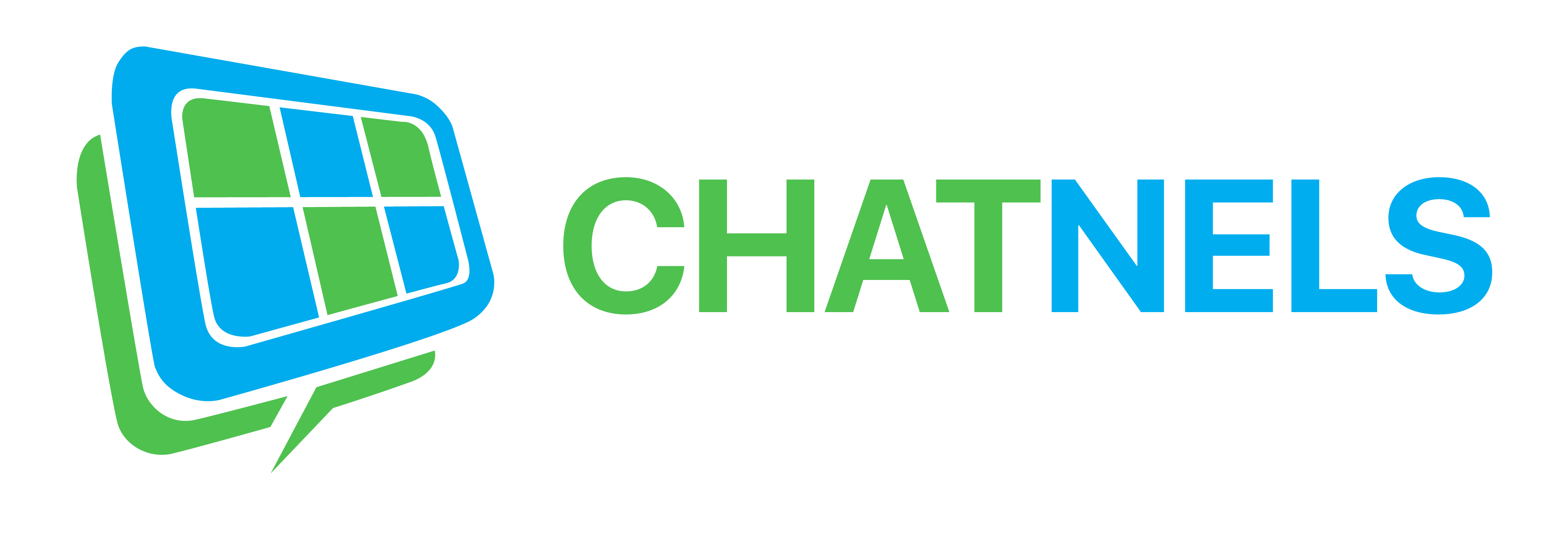Free trials are a great way to let potential customers try your product or service. To get a taste to see if it’s right for them. But free trials are finite. At the end of the trial the user needs to make a decision whether to purchase or discontinue use. You only have that limited period of time to show the user all the benefits and how your product/service adds value.
An article by the American Marketing Association asks the question ‘What makes a customer stay?’ It notes that customers of a free trial behave differently than customers that paid when they signed up or subscribed.
Customers who sign up for a free trial value the product or service less, and are less likely to remain customers when the free trial period ends. However, the free trial customers are more influenced by marketing messages compared to the paying customers.
Here’s the rule of thumb for free trial conversions. The more the customers use the product/service during the free trial period, the more likely they are to remain customers.

When analyzing free trial customers, it’s important to recognize which category they fall into. This depends on their usage and need for the product/service.
Free Trial Customer Categories:
- They signed up for the free trial but never used the product/service.
→ Not a returning customer. Don’t waste your time on this category.
2. They tested the product/service but they did not like it.
→ Most likely not a returning customer. But inquire why they were dissatisfied and use this knowledge to iterate your product/service.
3. They tested the product/service and they liked it. But they just don’t need it right now.
→ A potential returning customer. Focus on this category, don’t let them go.
4. They signed up for the free trial, tested the product/service and they liked it. They then paid to continue using the product/service at the end of the free trial.
→ Already your customer. Don’t you love it when this happens!
Just because you get someone to sign up for a free trial, doesn’t mean they are actually using your product/service. There’s different reasons why the customer doesn’t purchase at the end of the free trial – you want to know why.
Category 1
Category 1 customers aren’t even really customers. They were intrigued by the “free” messaging but really are not the target audience for your product/service. We can ignore them.
Category 2
Have you been a category 2 customer before? I’m guilty of this. I signed up for a free trial for a fitness app last month, with the best intentions of using it. But 3 days in I found other videos on YouTube provided me more variety to my workouts that I liked more than this app.
Just because you get someone to sign up and like your experience with the free trial, doesn’t mean they will pay for your product/service afterwards. If you haven’t communicated the value of your product/service properly, or alleviated a pain point the customer had, they will use up the free trial and call it quits.
Category 3
I’ve been a category 3 customer too. ClassPass is a series of workout classes offered by different gyms and studios (ie. lagree, barre, etc.) that you can purchase and attend without holding a membership to each facility. I love group workout classes. I think it’s a fun activity to do with friends or to meet new friends.
So when i got a free 2 week pass to try unlimited classes i signed up. However, when i got the notification my free trial was expiring soon and would automatically charge me if i didn’t cancel, I knew i would be too busy and not get the value for money i wanted if i purchased ClassPass at the monthly rate.
So let’s focus on those individuals that fall into category 3 with some free trial marketing best practices.
Value-based messaging
→ Clearly highlight the main benefits of your product/service and the value of long-term usage.
Get personal
→ Personalize your communication with your customers. Get to know them, so they can get to know you. Feeling connected will make it harder for them to leave after the trial period.
How long should your free trial be?
→ 14 days is usually the sweet spot for B2C products/services. Less than 2 weeks typically isn’t long enough for customers to probably try and evaluate all aspects of your product/service, and they feel pushed for time. And 30 days can be too long, especially when users sign up and forget to use the product/service because they think they have a lot of time. B2B products/services need a longer trial period (30-90 days).
Offer an extension
→ Giving customers the option to extend their free trial for a few days can convince those users that needed a bit longer to try to feel better about purchasing at the end. Have a text box the user needs to fill out explaining why they want the extension so you can learn more about your customer.
Use your data
→ Your analytics and data is a marketers best friend. Look at your conversion rate data and see how your messaging, trial length and customer demographics are related. Focus on the top performers and optimize your campaign based on those tangible results.
At Chatnels we are running our own free trial campaign at the moment for our B2B online chat platform. It’s part of a get back to normal campaign for businesses during COVID-19. We know this has been a tough time for many businesses, and with lots of employees working from home we wanted to offer you an easy solution to digitize and optimize your workflow communication with your team and clients. Try Chatnels for 90 days to save time, effort and money.



